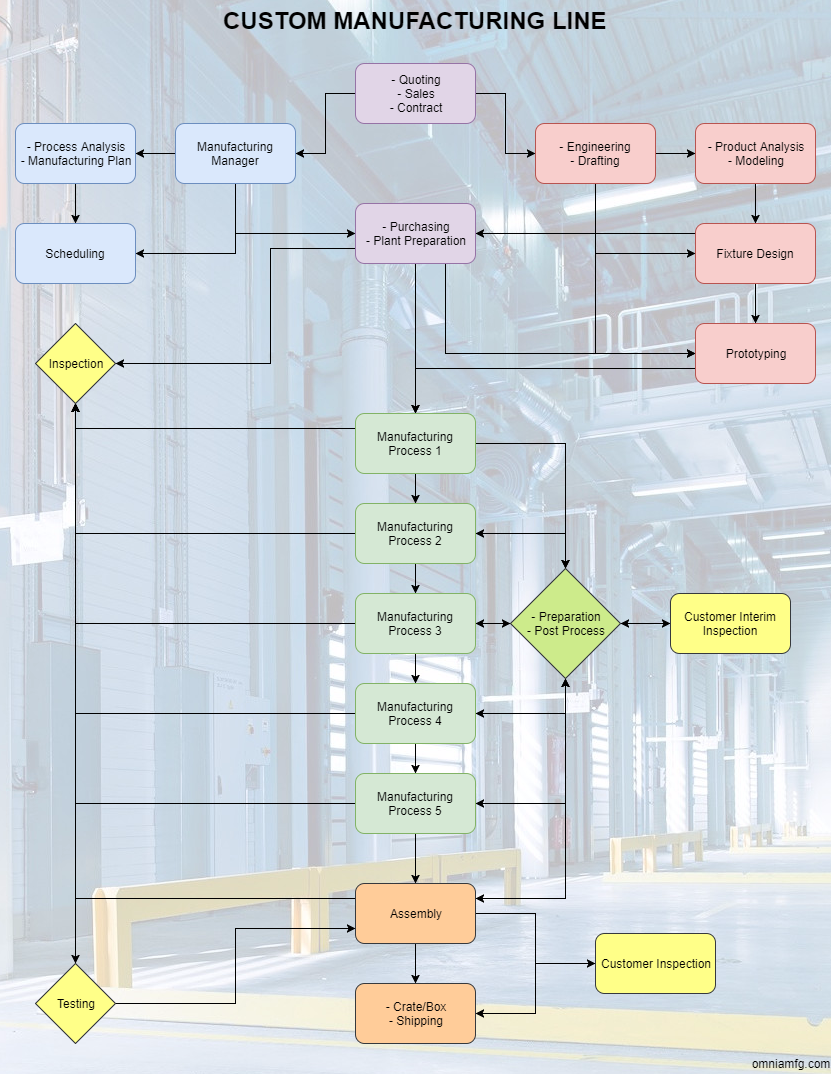Certification and Testing for Additive Manufacturing
Additive manufacturing is the process by which material is added in layers, injection molding, or other techniques to manufacture parts otherwise difficult or impossible using traditional subtractive methods. 3D printing allows the transfer of a digital 3D model to a physical product by laying material layer by layer. As 3D printing becomes more popular and cost effective as well as more viable in high precision engineering and manufacturing facilities, it is important to transfer traditional industry requirements and regulations to the new form of manufacturing.
Industry requirements and regulations have traditionally been guaranteed using a certification process. Certifications have been largely dependent on industry standards for specific processes and materials. Because 3D printing opens up a largely new form of manufacturing, standards are still being developed and iterated on, therefore, it is important for original equipment manufacturers (OEMs) and engineering teams to perform necessary testing to adequately certify that the part will work as intended by the designers and engineers.
Metal 3D Printing
The future of manufacturing will depend on the development of metal 3D printing technology, increasing efficiency, decreasing costs, and allowing innovation due to limits imposed by traditional manufacturing methods. 3D printing allows engineers to completely redesign parts spanning from the material used to the interior structure, producing lighter weight and more effective components and machines.
The process of 3D printing metal is very similar to welding and the same issues are generally present. Porosity, cracks, undercuts, and more problems can occur during a printing process. Certifying that the part will work as designed requires testing of the material as well as sample testing of the part. In order to guarantee these tests, prototyping a printing process is important.
Certification Requirements
Cost effective incorporation of additive manufacturing processes into a manufacturing line is variable on a job-to-job basis. Prototyping and proof of concept engineering requires different regulation and testing requirements compared with production part development. Depending on the position in the manufacturing line, different certifications must be present – whether for internal engineering testing prior to a traditionally manufactured part or for proof of product reliability and conformance requested by a customer.
Material certification is a two-step process stemming from the mill certification for the dispensed powder. The second process is a material testing certification post the printing process. This requirement will be contingent upon the test specimen being printed alongside and in the same production run as the part. It is vital that as an inspection protocol, the production part is incrementally tested using non-destructive testing methods along with destructive and nondestructive testing of the printed test specimen. The printing process for the production run should be vetted with destructive and nondestructive testing methods in order to reduce or remove discontinuities and porosity within the parts.
CC BY 2.5, https://commons.wikimedia.org/w/index.php?curid=1006155
Nondestructive testing includes but is not limited to the following:
- Ultrasonic testing – Utilizing the propagation of ultrasonic waves throughout a solid or fluid medium in order to detect internal flaws or discontinuities. High frequency sound waves will act as echolocation by reflecting upon the transition from one material medium to another, detecting porosity or other defects.
- Magnetic particle inspection – A magnetic field is created in the test specimen and ferrous particles are applied to the surface. Magnetic flux will be stronger at surface discontinuity and will attract the particles.
- Dye penetrant inspection – Applied penetrant will remain in surface breaks after excess is removed.
- CT scanning – Internal and external representation of test specimen using x-rays.
Destructive testing includes but is not limited to the following:
- Stress-strain testing – Applying forces to a test specimen in order to record the physical qualities of the material.
- Hardness testing – Plastic deformation due to a force/load on an indenting machine.
- Metallography testing – Visual microscopy testing on exterior and interior sections.
Further certification processes will be and are currently determined by industry regulations and customer requirements. Certifications include printer/material compatibility testing, safety certification, environmental regulations, and more.
Jarrett Linowes
Mechanical Engineer
omniamfg@gmail.com
Did I miss anything you are interested in? Send me an email or comment below!






